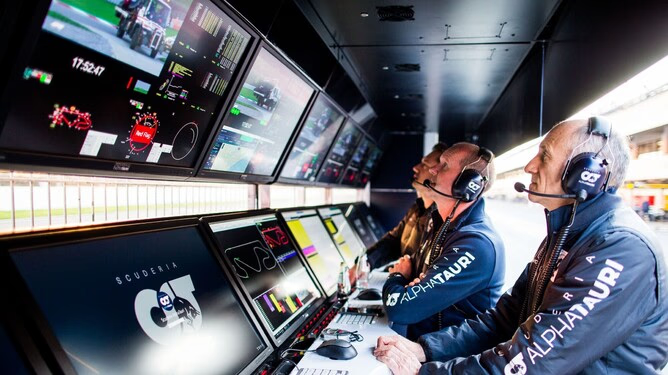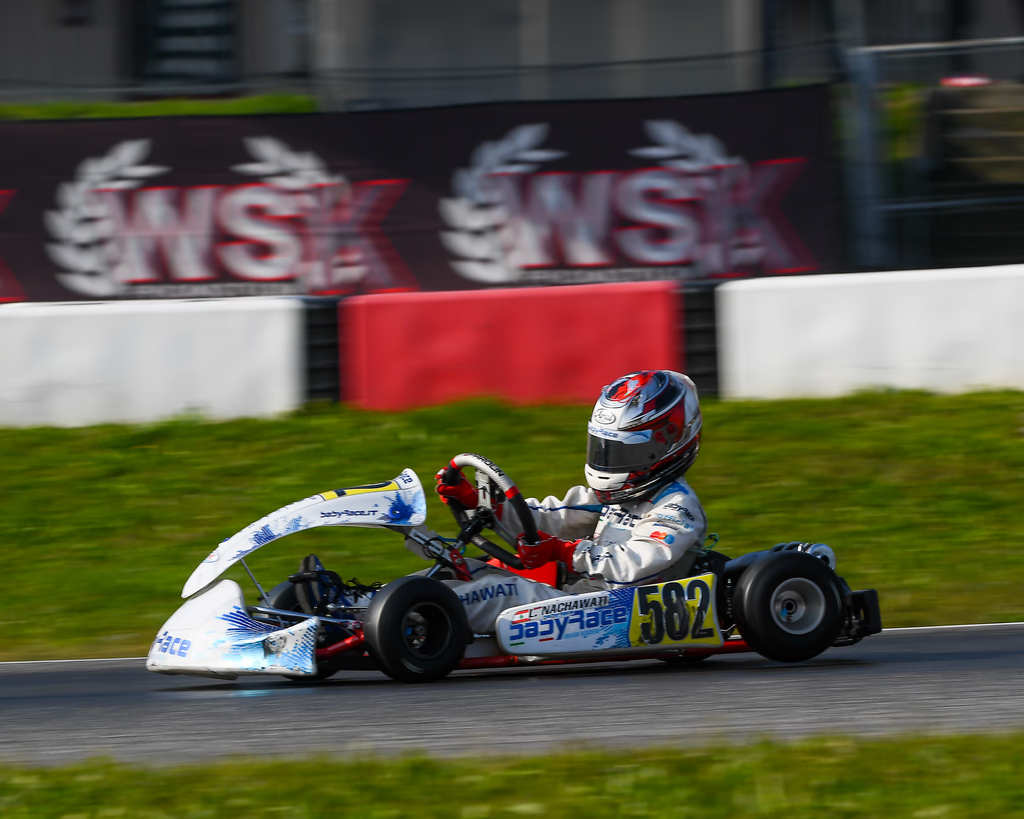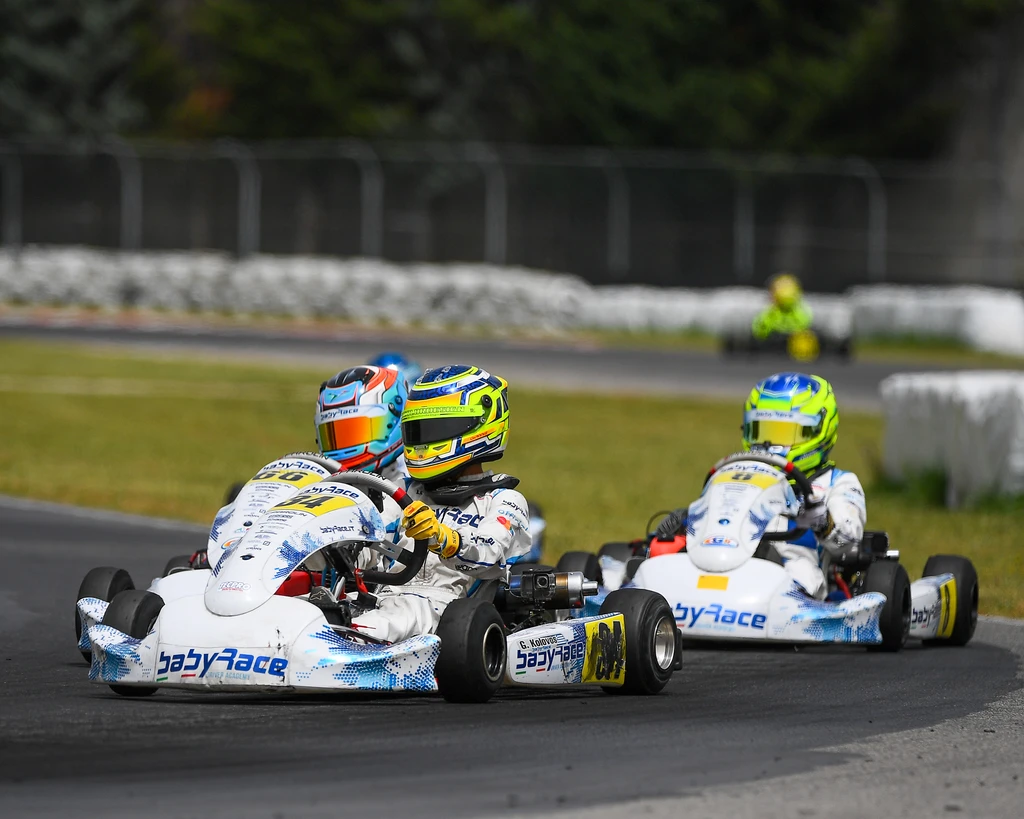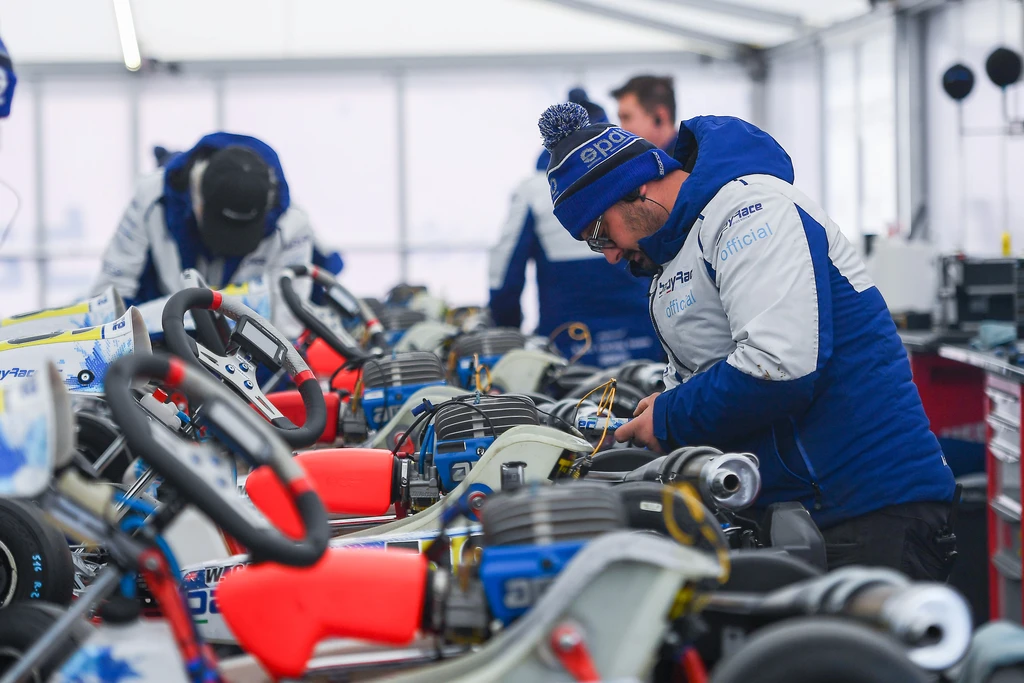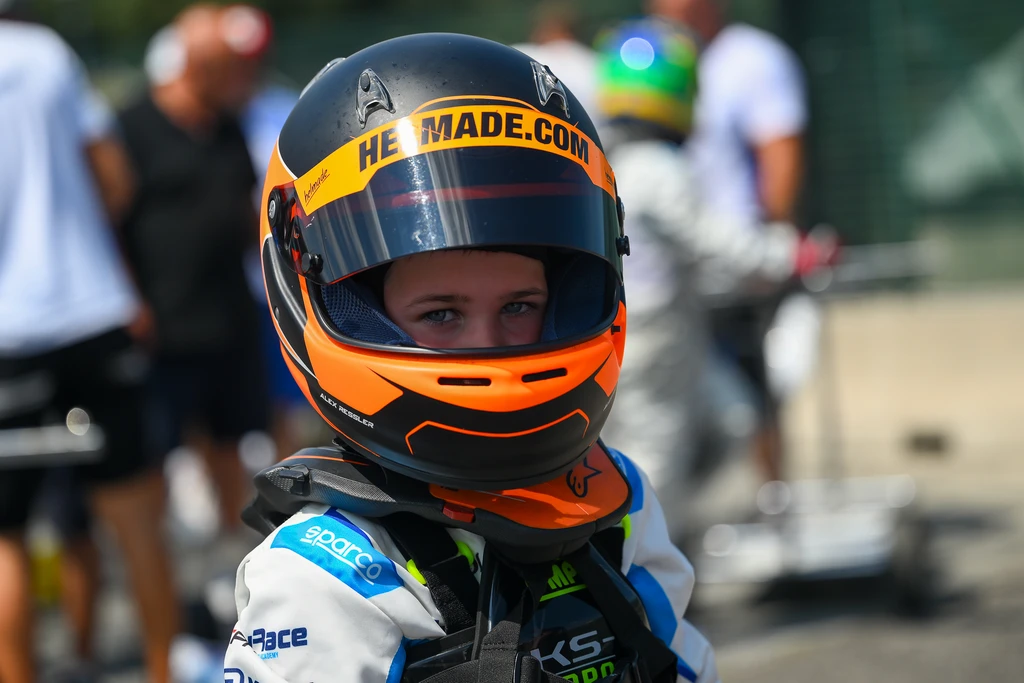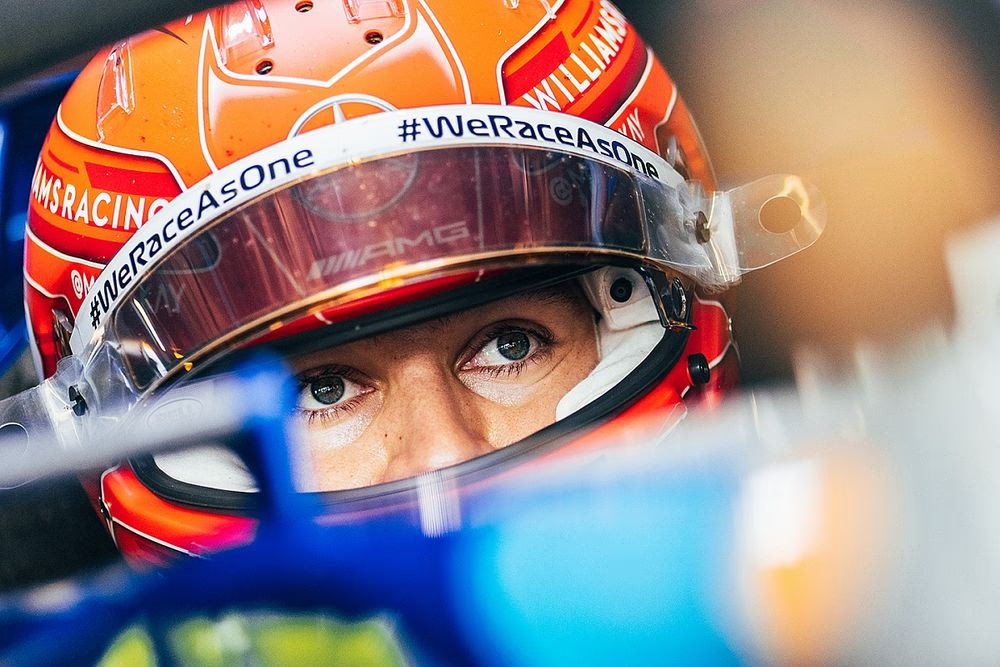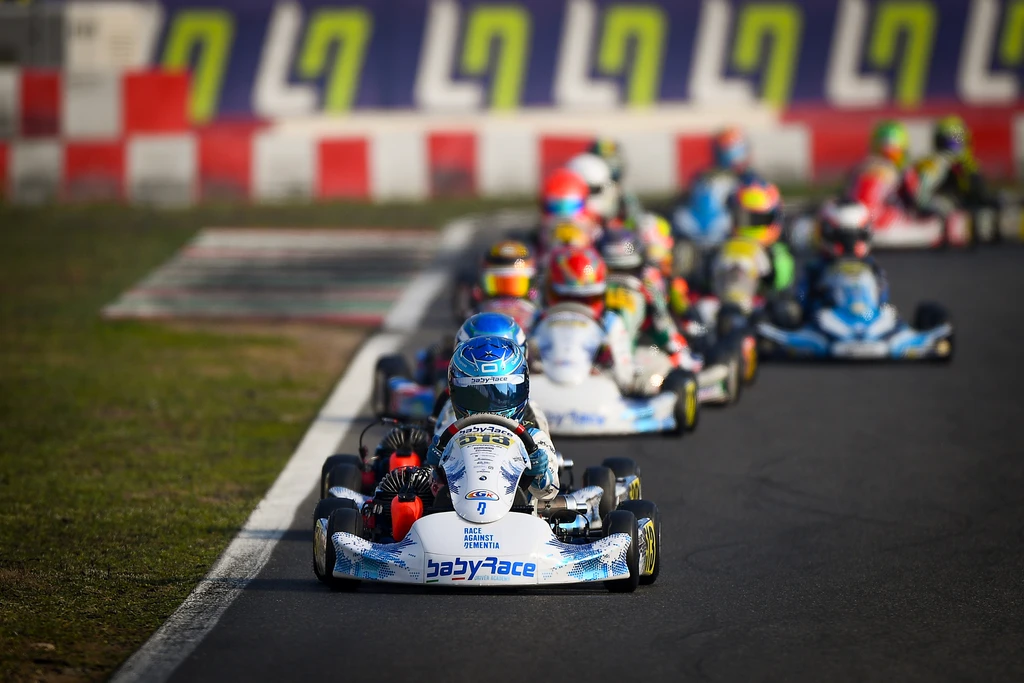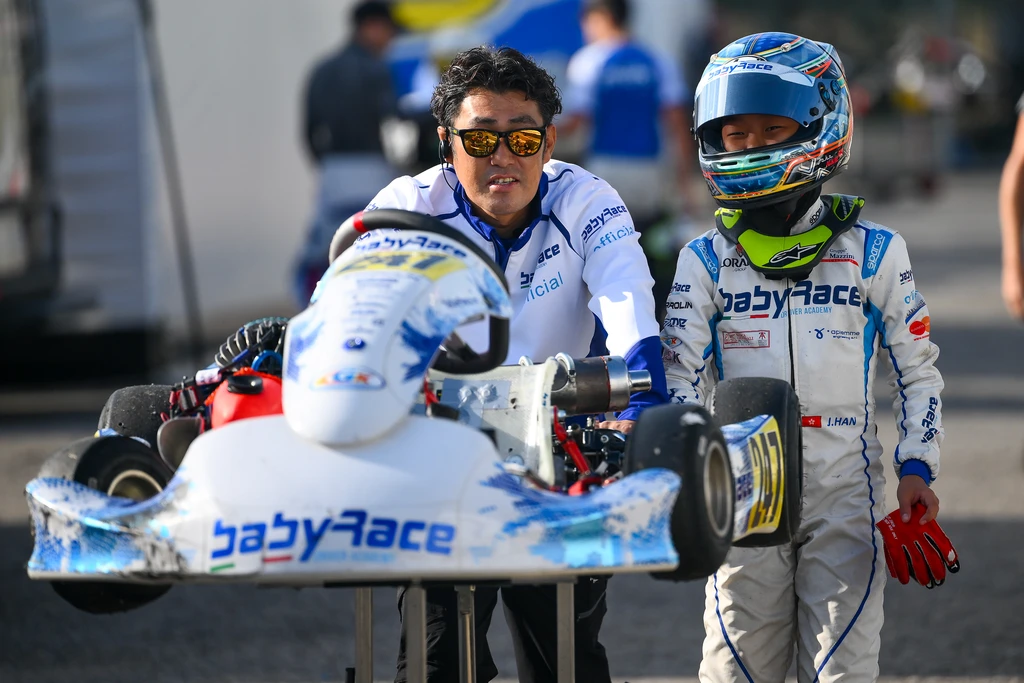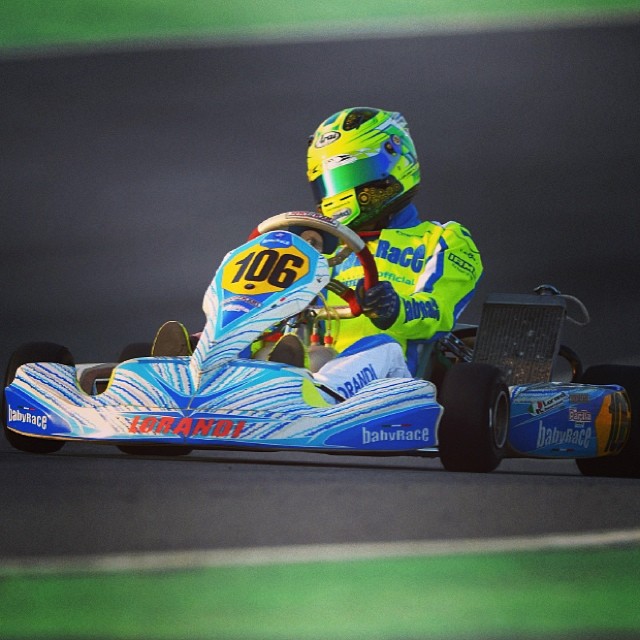
Let me be straight with you.
One of the biggest mistakes I see drivers make, at every level, is braking too early. It happens to almost anyone. (Even me when I was a kid).
And trust me, it’s costing them way more than they think.
I’m talking two, three tenths per lap (or more). That might not sound like much… but at tracks like Franciacorta, Sarno, or Zuera, it’s the difference between winning a race and not even making the final.
So let’s break it down. Why do drivers brake too early? And more importantly, how do you fix it?
Why Early Braking is a Killer
When you brake too early, you’re basically giving away free lap time. Just by staying within your comfort zone.
Instead of carrying speed all the way to the limit, you’re leaving margin on the table.
That’s fine if you’re learning the basics. But at a competitive level, those lost meters add up.
And when you’re fighting for tenths, they decide whether you’re in P1 or P20.
How to Fix Your Early Braking (Step by Step)
Here’s how I’d teach one of my drivers to deal with this problem:
1. Feel It on Track
The first step is awareness.
Most drivers don’t even realize they’re braking too early.
You need to pay attention, if you’re coasting before the corner, that’s a sign you could brake later.
2. Follow Someone Faster
Sounds obvious, yet, one of the oldest tricks in the book is to let a quicker driver pass you and focus on matching their braking points.
You’ll immediately notice how much later they brake compared to you.
But be careful at the concertino effect!
By the lawsof physics it will always seem like you may be braking later if you’re following from behind, but it may well just be an impression, just by the fact that distance contracs as speed contracts and vice versa on exit, distance expands as speed expands.
3. Use Onboard Videos
Check footage from teammates or even from YouTube.
Seeing how a fast driver approaches the same corner you’re struggling with can reset your perspective.
4. Dive Into Telemetry
This one is gold.
If you’ve got access to data, compare your braking points with your teammate’s.
Even two or three meters later can transform your lap time.
5. Aim for Consistency
Nailing it once isn’t enough.
You want to brake at the right spot every single lap. That’s how you become reliable under pressure.
6. Adjust With Track Conditions
Braking points aren’t fixed.
- If the track grips up, you can brake later.
- If it rains or gets slippery, brake earlier.
Always adapt. The track never stays the same from session to session.
The Bottom Line
Fixing early braking isn’t complicated. It’s about awareness, data, and discipline.
You need to:
- Recognize when you’re braking too soon.
- Use faster drivers, video, and telemetry as benchmarks.
- Stay consistent lap after lap.
- Adjust with track grip and conditions.
Do this, and you’ll find free lap time without touching the kart setup.
So next time you’re on track, ask yourself:
“Am I braking too early right now?”
Because the answer could be the difference between a podium and packing up early on a Saturday.

